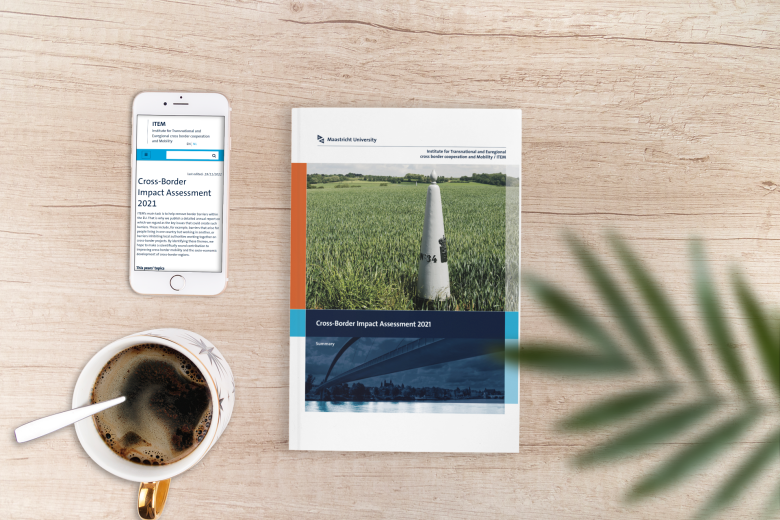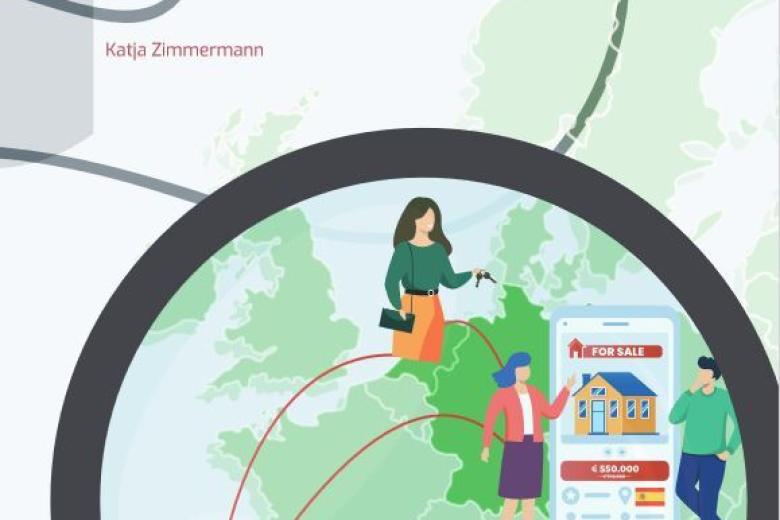ITEM’s study regarding outlaw motorcycle gangs in the Meuse-Rhine Euregion presented at Criminology conference
ITEM’s study regarding outlaw motorcycle gangs in the Meuse-Rhine Euregion will be discussed at the 16th Annual conference of the European Society of Criminology in Münster, Germany.
ITEM’s PhD candidate Kim Geurtjens LL.M will be present at the 16th Annual conference of the European Society of Criminology, that will take place from 21-24 September 2016 in Münster, Germany.
For the session ‘Fighting Transnational Crime I’ on Friday 23 September, Kim Geurtjens LL.M will act as the chair and present her ongoing ITEM study regarding outlaw motorcycle gangs (OMGs) in the Meuse-Rhine Euregion. This particular topic does not only pose an issue in Limburg, but also in the bordering regions. It is believed that OMGs operate across borders, making clever use of the border as a barrier for authorities to respond effectively. Therefore serving as relevant topic within the scope of ITEM research.
During her presentation Kim Geurtjens will address the first results of the empirical research started earlier this year.¹
Kim Geurtjens LL.M
Kim Geurtjens is linked to the Criminal Law & Criminology department at the Faculty of Law, and is the PhD-Candidate at The Institute for Transnational and Euregional cross border cooperation and mobility / ITEM regarding the ITEM study ‘Research concerning outlaw motorcycle gangs and the integrated cross-border policy in the Meuse-Rhine Euregion’, started in March 2016, supervised by Prof.dr.mr. H. Nelen and dr.mr. M. Vanderhallen of the Faculty of Law. For more information about the PhD-research, visit ‘ Research concerning outlaw motorcycle gangs (OMGs) and the integrated cross-border policy in the Meuse-Rhine Euregion’ on the ITEM website.
1: Fighting Transnational Crime I: Outlaw Motorcycle Gangs (OMGs) in the Meuse-Rhine Euregion
Abstract text
Outlaw Motorcycle Gangs (OMGs) are generally seen as a threat to society and the legal order. Based on Dutch police data, it is assumed that many members are involved in crime and that the club has a criminogenic effect. Common offences include traffic, public order, drugs, weapon, capital and violent offences. A distinction can be made between offences that take place in public and in private. In 2015, it has been particularly tumultuous in the southern part of Dutch Limburg and the neighbouring area of Belgian Limburg, illustrated by several large-scale police operations and closures of clubhouses. It is believed that OMGs operate across borders, making clever use of the border as a barrier for authorities to respond effectively. The Netherlands have a common policy when it comes to countering organized crime using the administrative approach. Information sharing to this end is enhanced by regional expertise and information centers (RIECs) involving partners such as the police, fiscal and administrative authorities. In Belgium, administrative instruments to repel OMGs are spread over several laws and the information sharing process is more difficult due to stricter privacy laws. This contribution will discuss the first results of the empirical research that was recently started in the Meuse-Rhine Euregion. The focus of the research is to identify the role of the border between Dutch and Belgian Limburg in cross-border OMG activities as well as interventions by authorities, and the implications for further policy. By doing a literature, media and policy review and making use of judicial and administrative data, a barrier model on the basis of the situational crime prevention approach will be developed, which is tailored to the specific regional situation.
Also read
-
ITEM Cross-Border Impact Assessment 2021 published
Due to the Corona crisis, also many cross-border workers are forced to work in their home country. They have been asked not to cross the border to come to their office situated in the neighbouring country. At the moment, this is only possible because the Dutch, Belgian and German governments have...

-
Success factors for cross-border real estate transactions: information and patience
Buying a house abroad, with the complex procedures of rules and formalities that apply in the world of real estate transactions, one might wonder: what obstacles might I encounter? In her dissertation, Katja Zimmermann examined the operation and obstacles of various land registration systems. Her...

-
ITEM focal point taken up: addition to Dutch qualification policy for German social insurance schemes
The Dutch Ministry of Finance has updated the guideline on the tax qualification policy of foreign social security schemes. According to expertise centre ITEM, the addition concerning certain German social insurances is a positive development, which is in line with their vision and commitment in...
